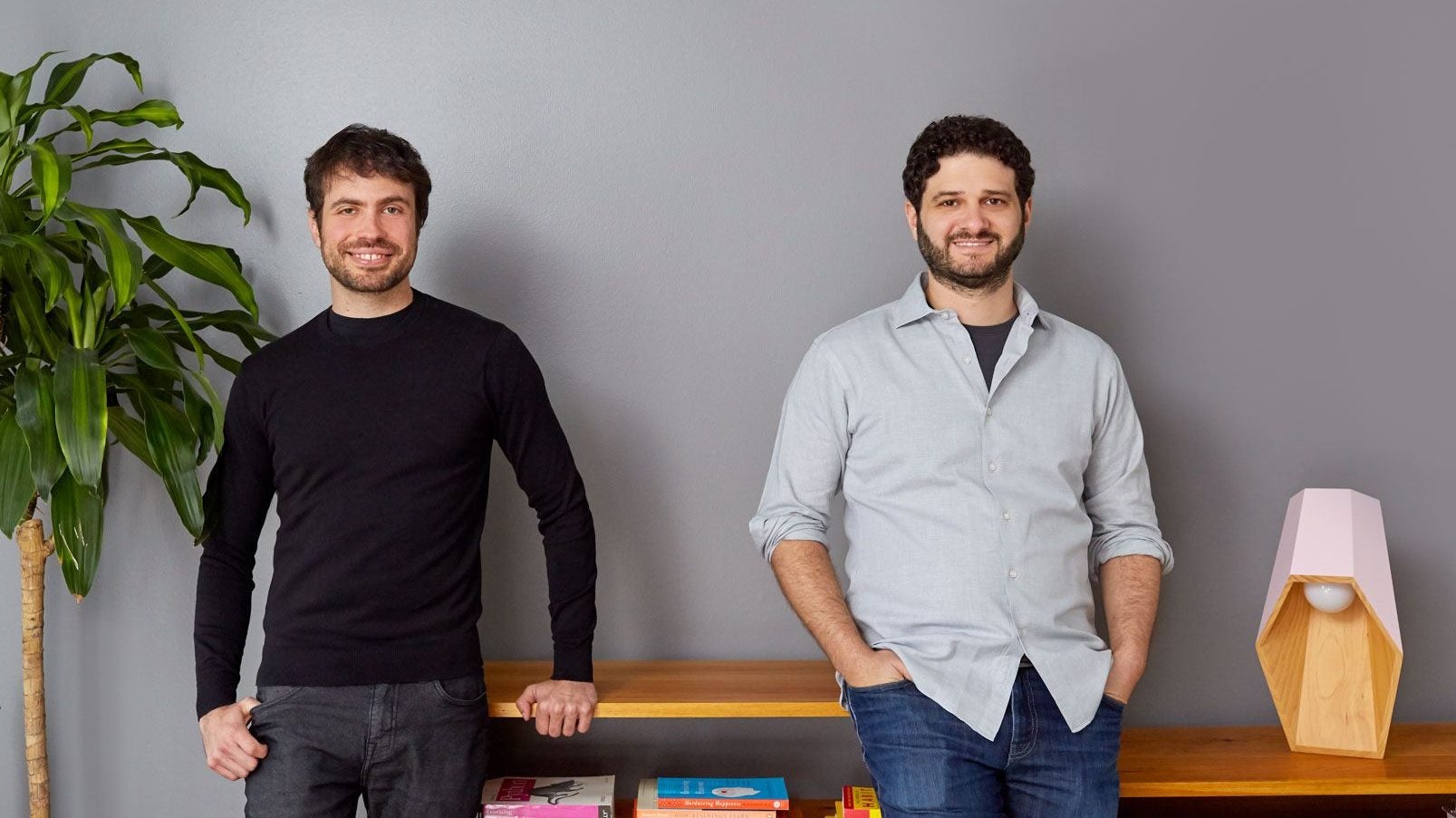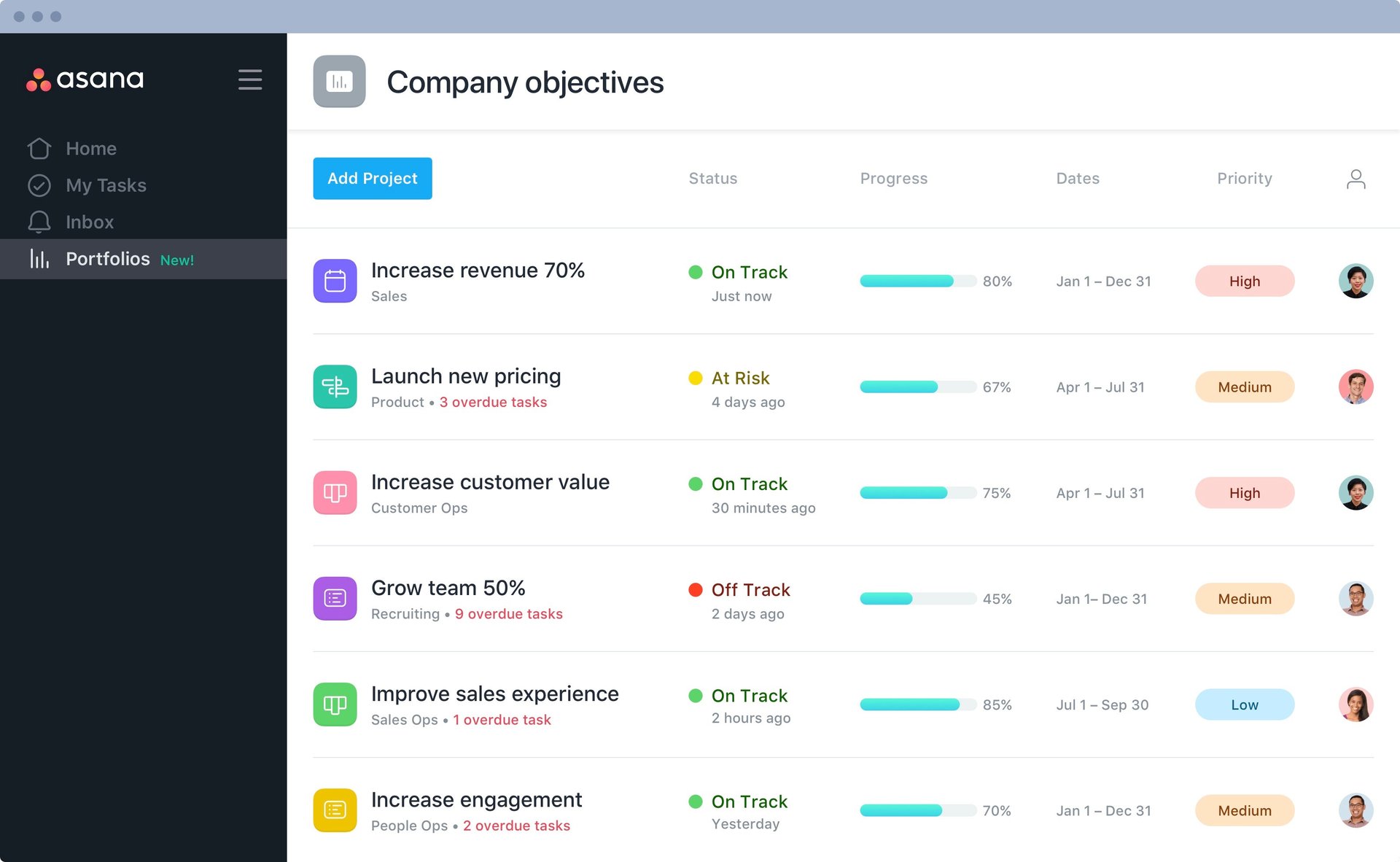Two Facebook engineers built a tool to cut down on meetings. Now it’s a $900 million company
There’s work, and then there’s the work that goes into doing your work. And a lot of workers spend more time on the latter.


There’s work, and then there’s the work that goes into doing your work. And a lot of workers spend more time on the latter.
Dustin Moskovitz, a co-founder of Facebook, came to this realization a few years after the social network he had helped Mark Zuckerberg build in a Harvard dorm room had grown to the point where the majority of his day was spent on emails, status updates, and meetings.
“We were living in the dark ages of collaboration,” he says.
And he was not alone. A 2012 survey from McKinsey found that workers on average waste 61% of their time coordinating their work in meetings, email, and chat rather than actually doing their work.
Moskovitz thought there had to be a better way. And, in classic Silicon Valley fashion, the better way came in the form of software. Together with Justin Rosenstein, a Facebook engineering manager, Moskovitz built a task-management tool for the engineering department. The tool, called Tasks, quickly expanded to the rest of the company.
“Every time you walked through the office, you would see people interacting with this system on three out of four monitors,” Moskovitz told Lifehacker. “This reminded me a lot of the early days of the Facebook product, when walking through a campus computer lab meant seeing it up on all the displays.”
When Moskovitz and Rosenstein first built Tasks, they had few intentions beyond creating a tool to help Facebook’s teams manage their work and cut down on meetings. But it turns out their invention would lay the groundwork for a bonafide company that, a decade later, would be valued at $900 million.
The age of Asana
In 2008, Moskovitz and Rosenstein left Facebook to start Asana. The thinking was that instead of building a tool that was useful for a couple thousand Facebook employees, they would hire a team to develop the tool for widespread use.
Asana, as their product and company are both known, has gone beyond the functionality of the original Tasks tool to become a sort of virtual conference room for teams. It’s a singular place to coordinate tasks, due dates, comments, and priorities. Today (Nov. 1), the company announced two new features: Portfolios, which gives workers insight into how their daily tasks chock up to company-wide goals, and Workload, which helps managers connect work to different team members’ skills and schedules.

It has been a big year for Asana. In January, the company announced $75 million in series D funding, led by Al Gore’s Generation Investment Management. Asana had previously fundraised from a who’s who of Silicon Valley technorati, including Zuckerberg, Sean Parker, Marc Andreessen, and Peter Thiel.
Asana passed 50,000 paying customers back in September, up from 20,000 in early 2017. This growth is thanks in part to the growth of the work-management industry itself. As more work comes online, the need to manage and document progress on projects becomes ever more important. Asana competitors like Basecamp and Atlassian’s Trello also have had strong years.
But the trend toward digital is not the only force driving this category’s rise to prominence. More and more companies are hiring freelance and contract workers. Whereas disorganized collaboration might work well enough when everyone on the team has some institutional knowledge of what’s going on, the system, such as it is, starts to break down the minute someone from outside the team or organization joins in. Work-management companies are well-positioned to capitalize on the growth of distributed teams—and not just in the software industry.
Moskovitz’s vision of the future of work
In a signature checkered shirt, Moskovitz, one of the more unassuming billionaires you might ever meet, leans back in his chair to think about his vision for the future. ”In order for remote work to work well, first of all, we need video conferencing that actually works reliably,” he says, “but we also need something that connotes more emotion.”
Emotion may be a weird focus area for the CEO of an enterprise software company. But to Moskovitz, it’s important that software not obfuscate the people who use it.
“I believe relationships will be as important as ever in the future,” he says. “These new tools are about helping teams find clarity about what’s important.”
With a net worth of over $10 billion, Moskovitz clearly cares about more than just building another successful software company. It’s working on all the work that goes into our work that matters now.